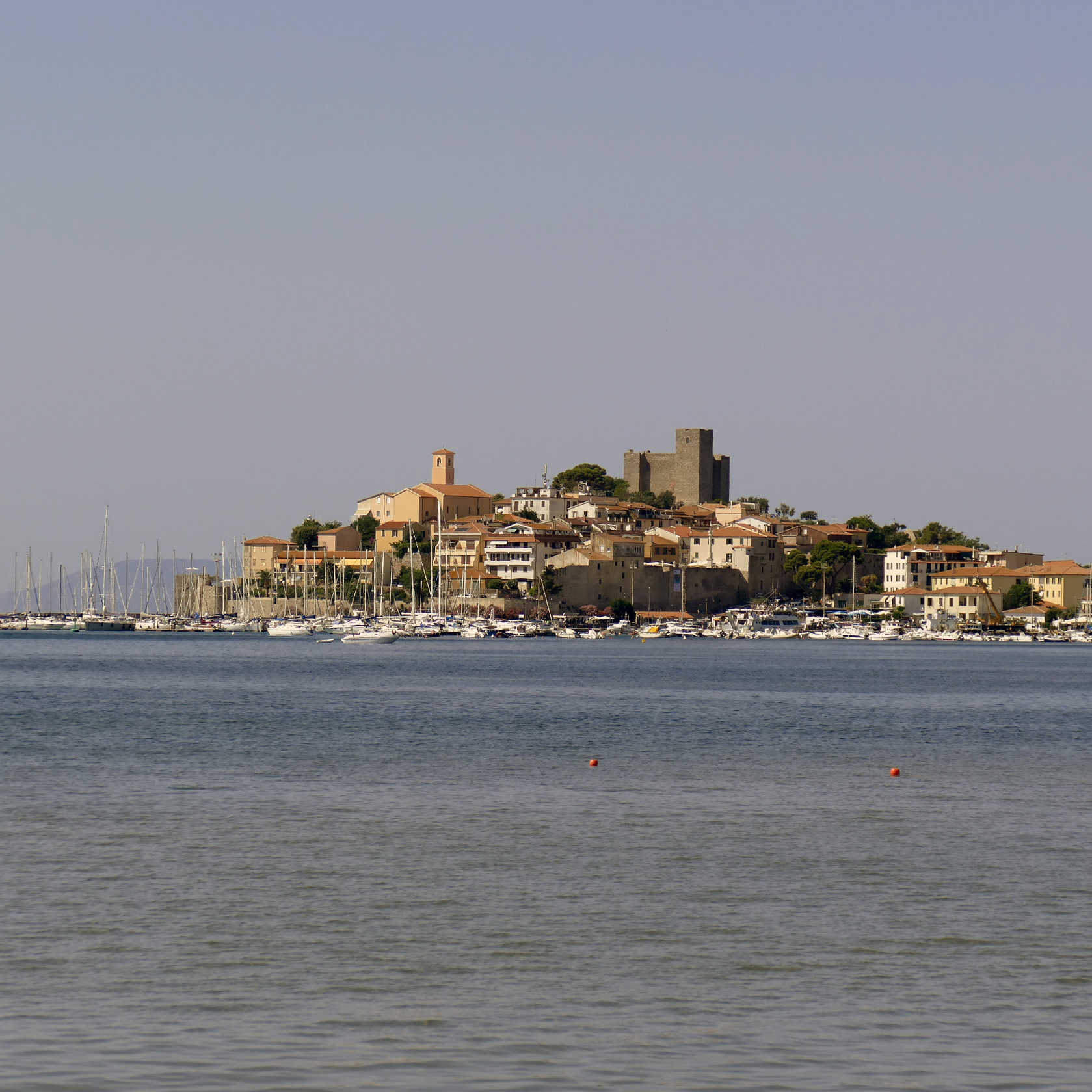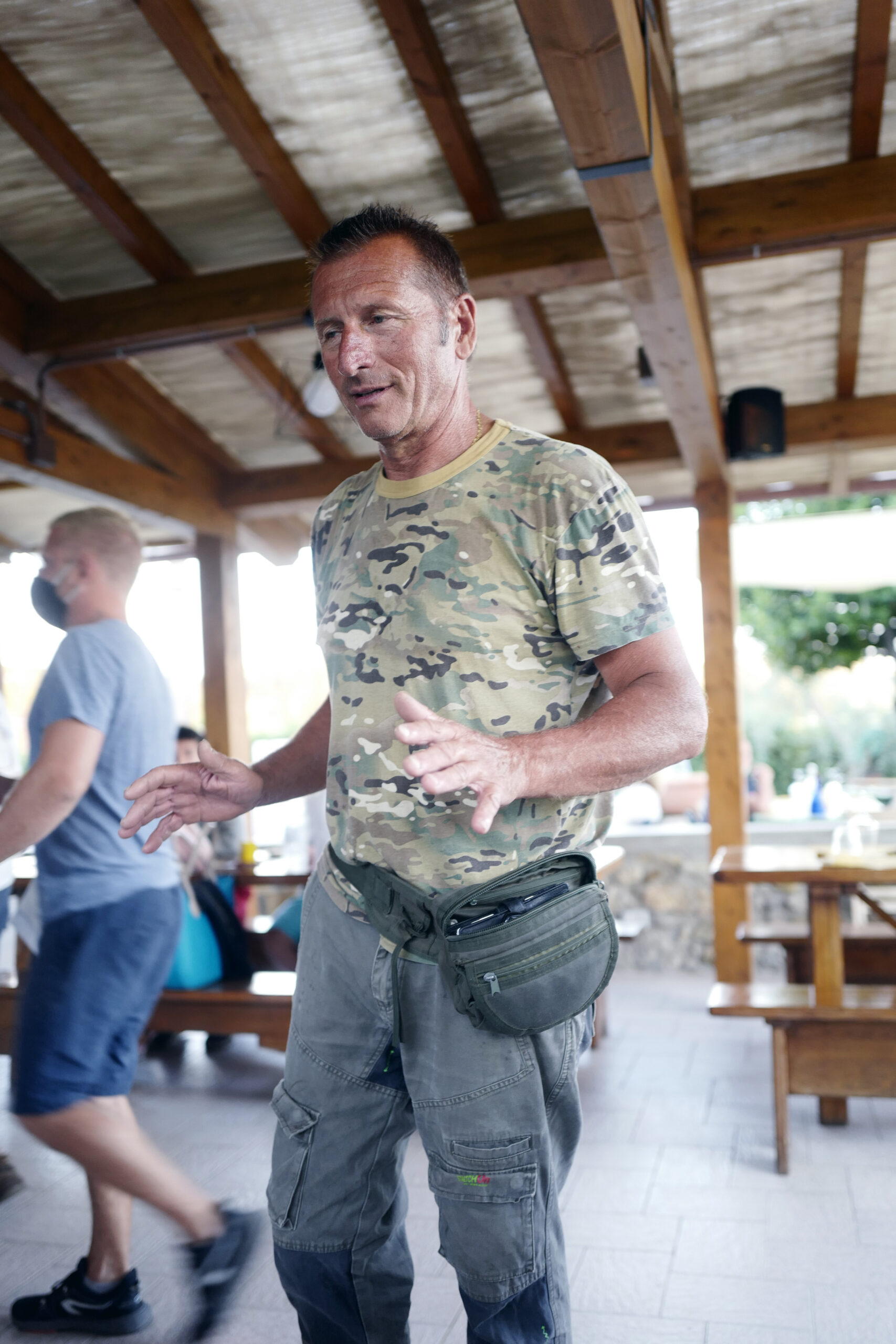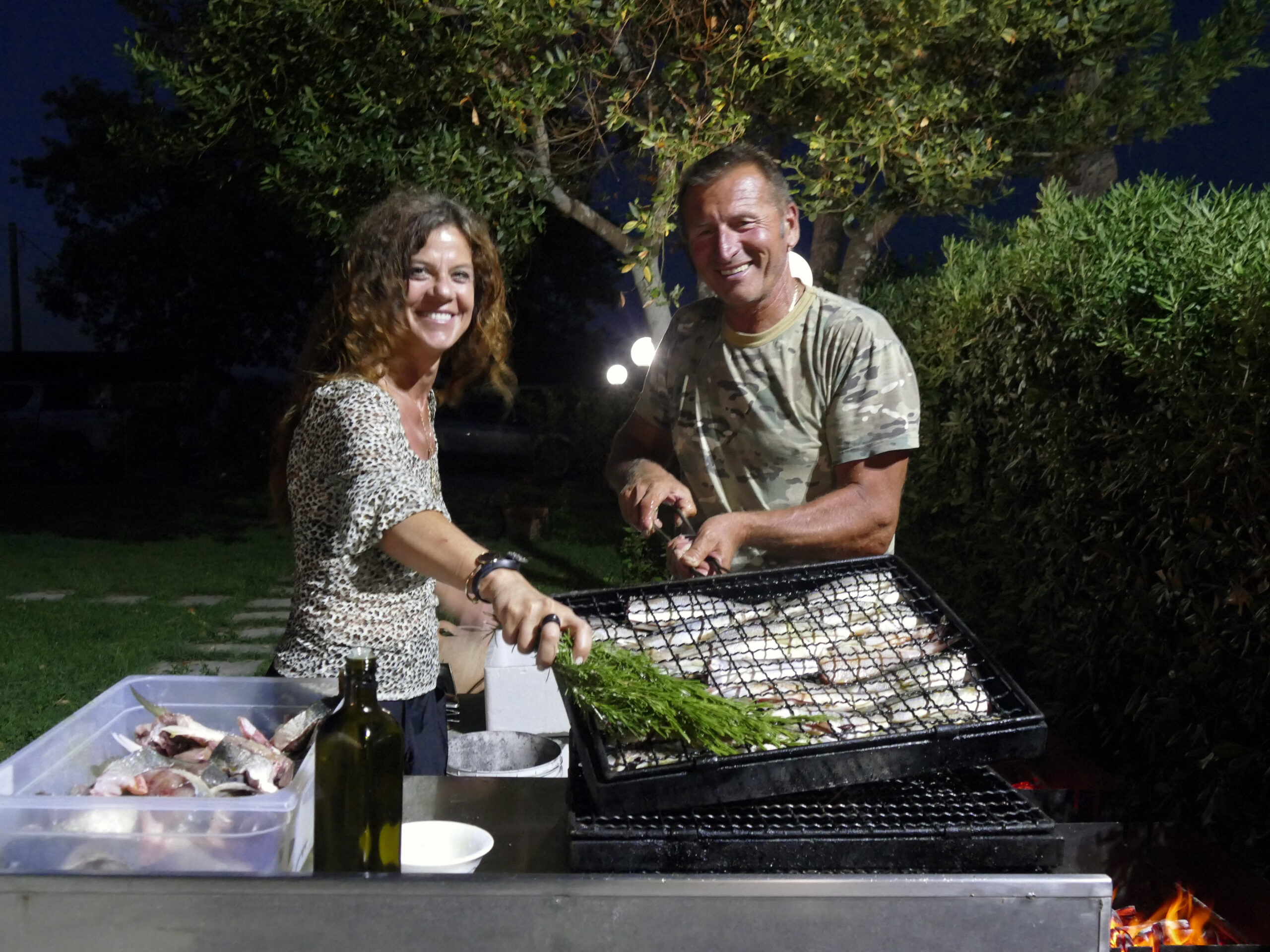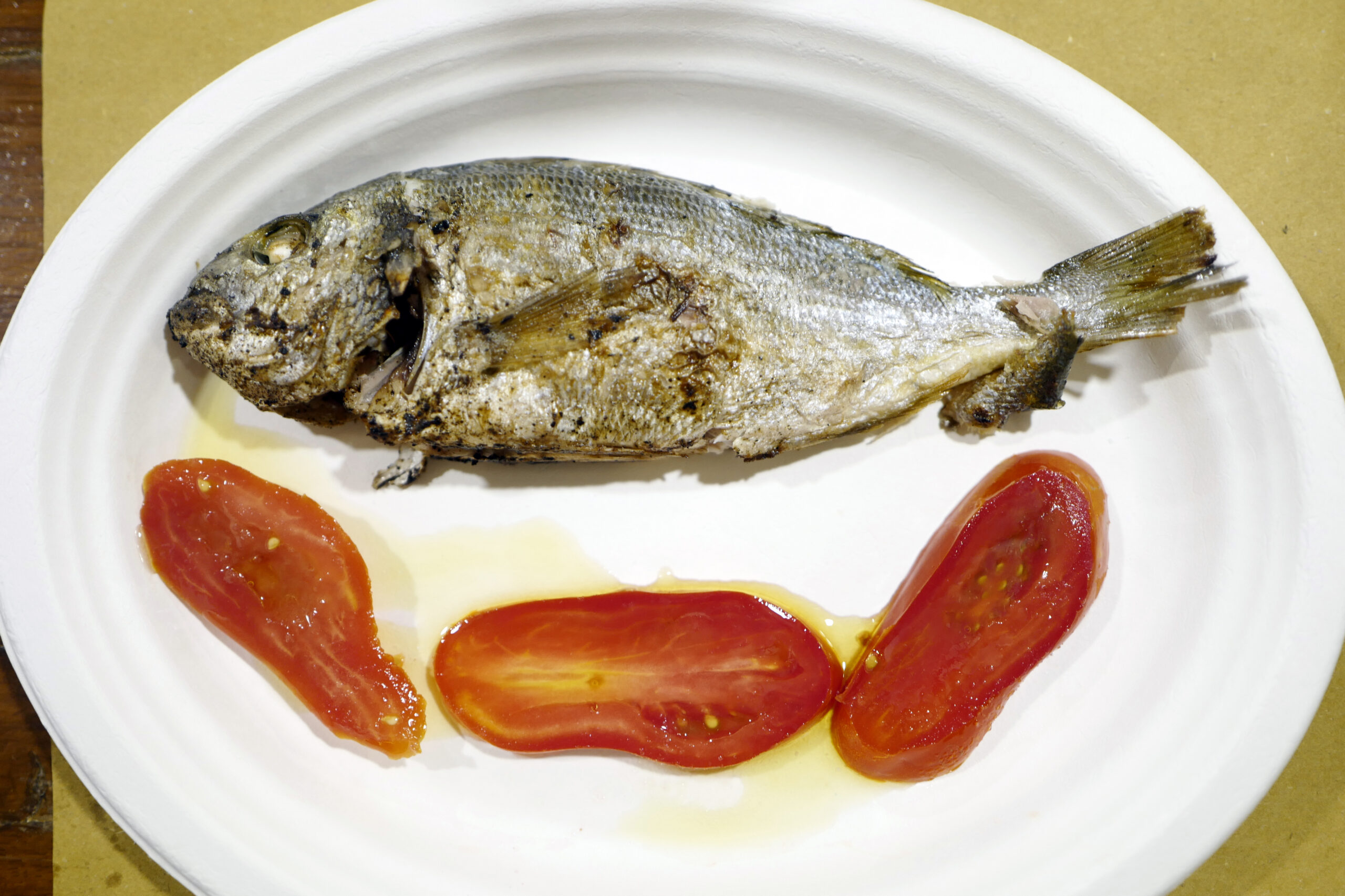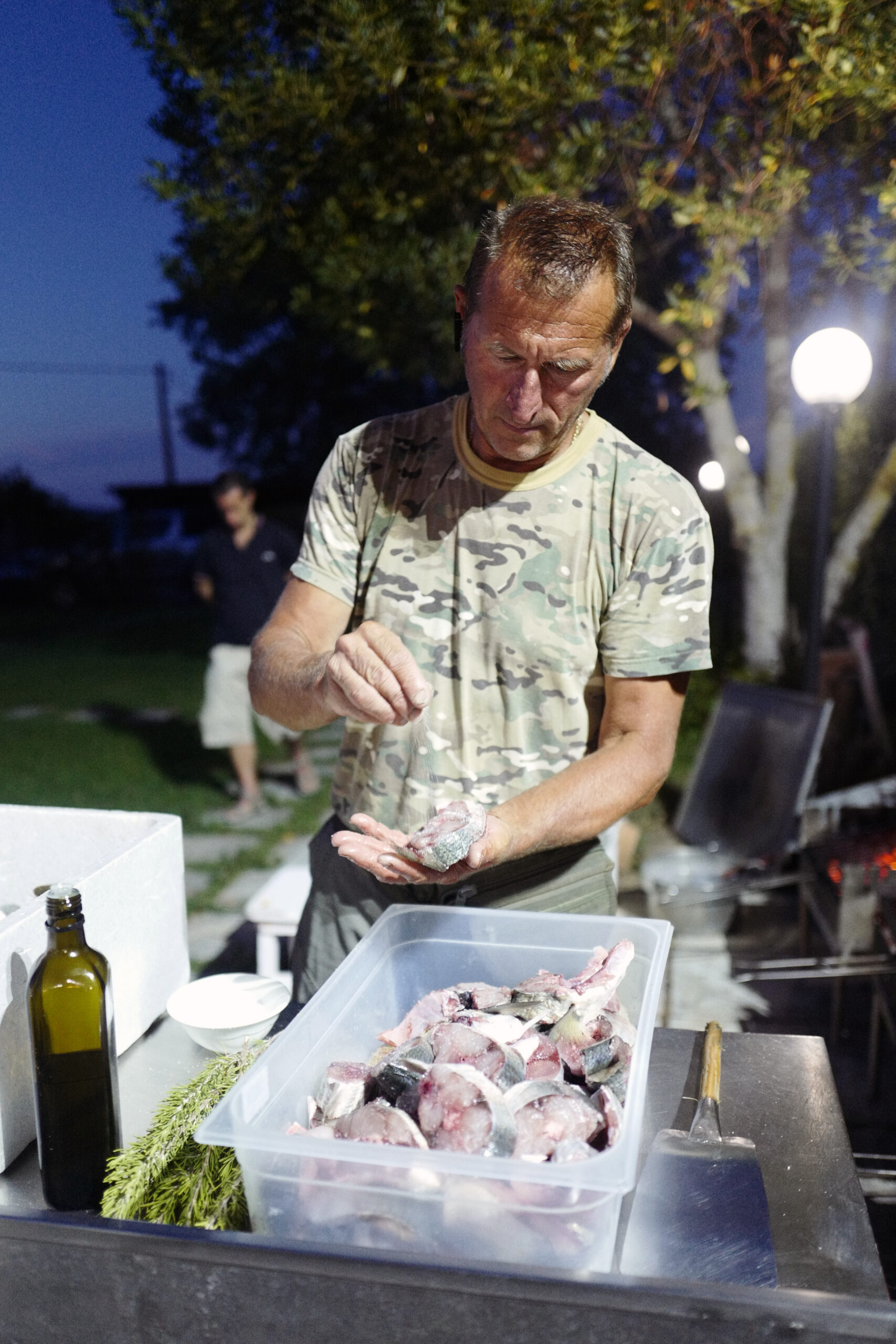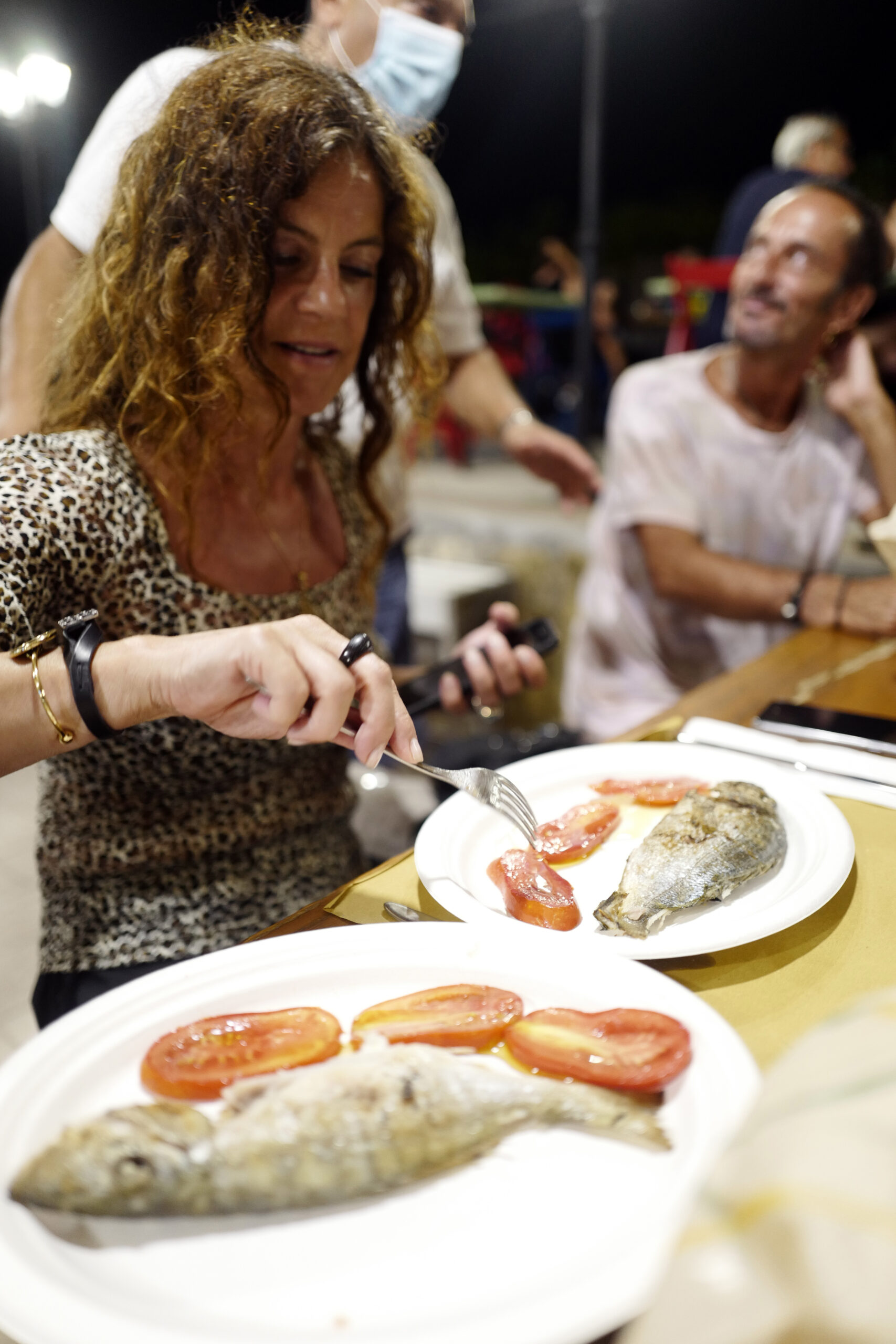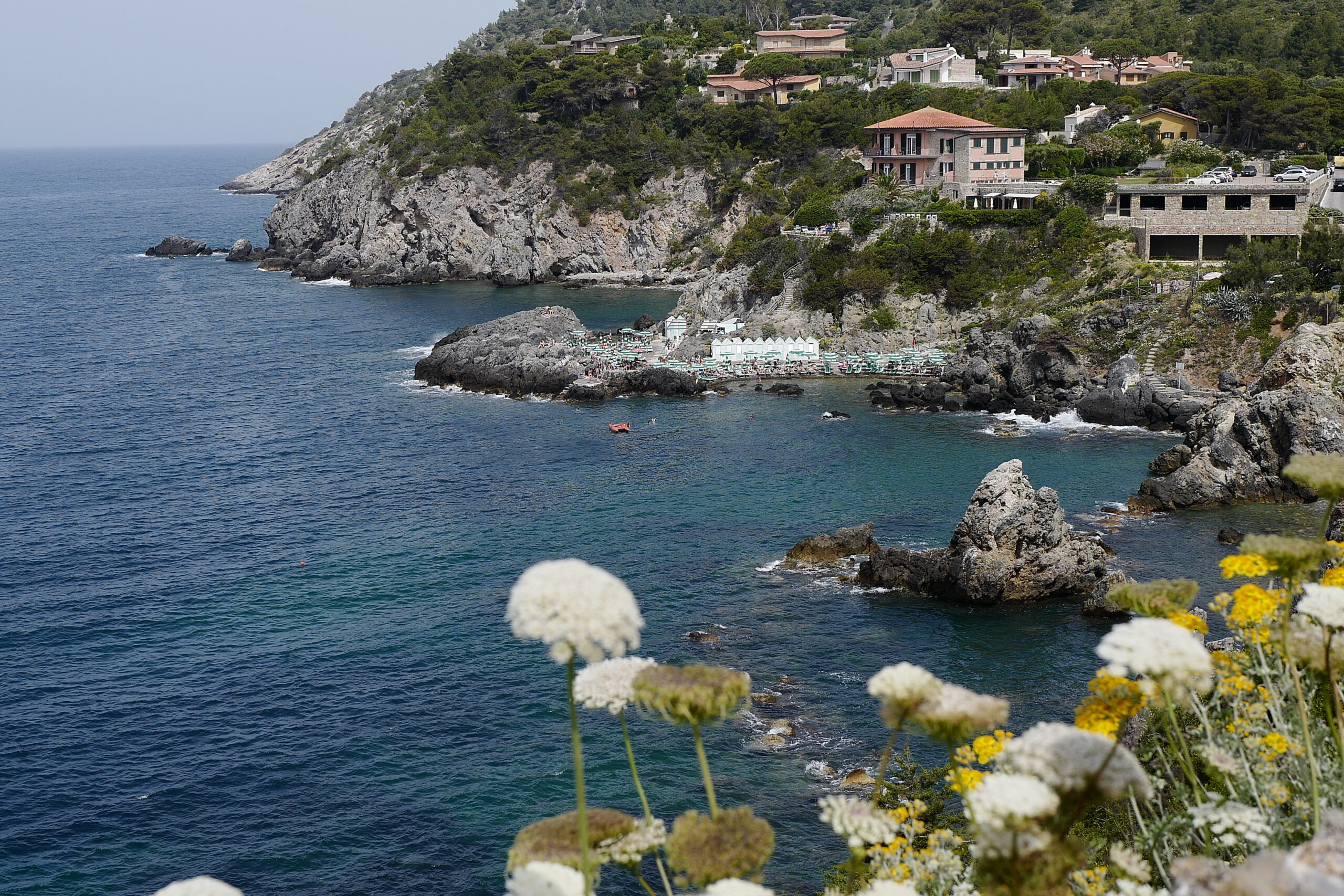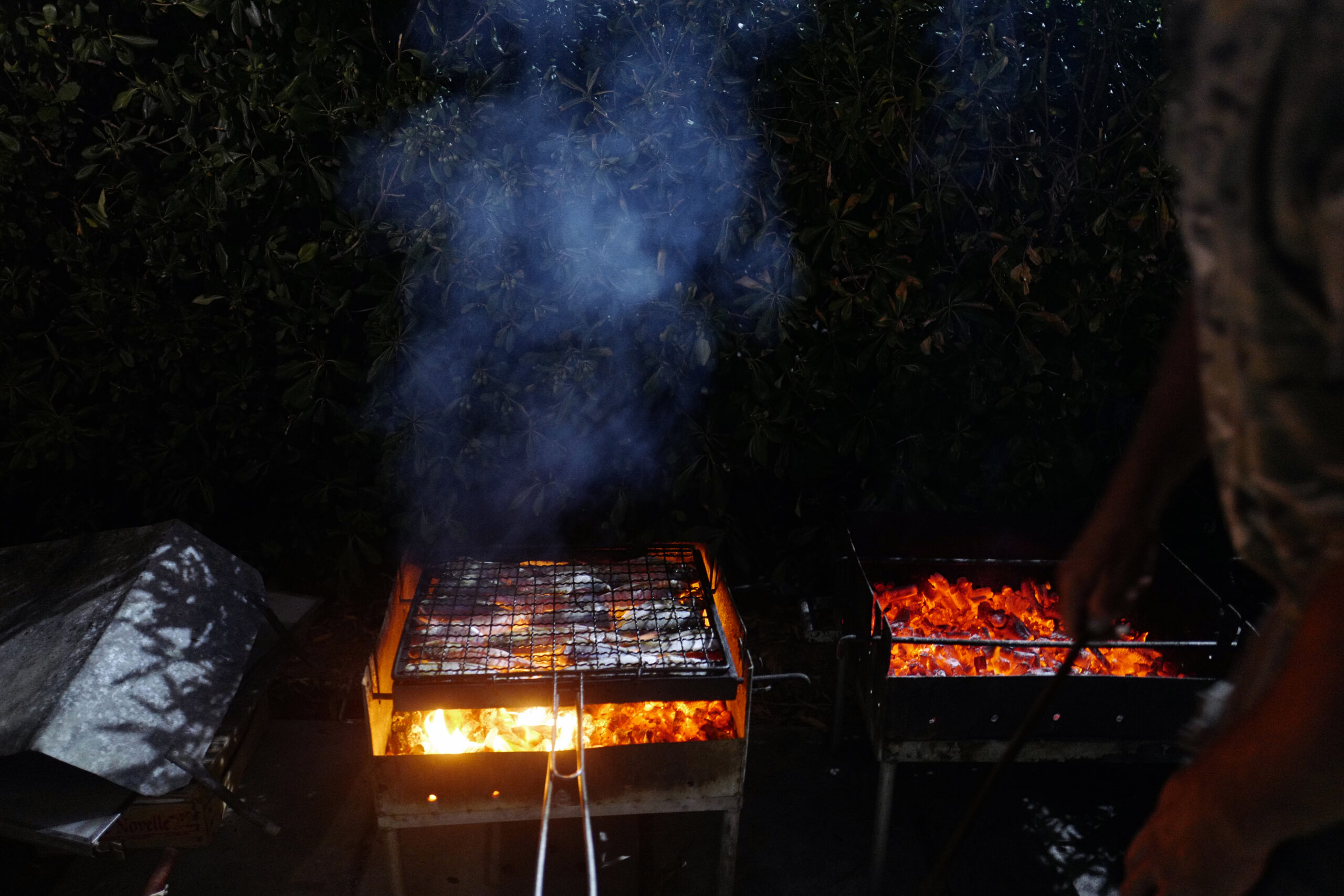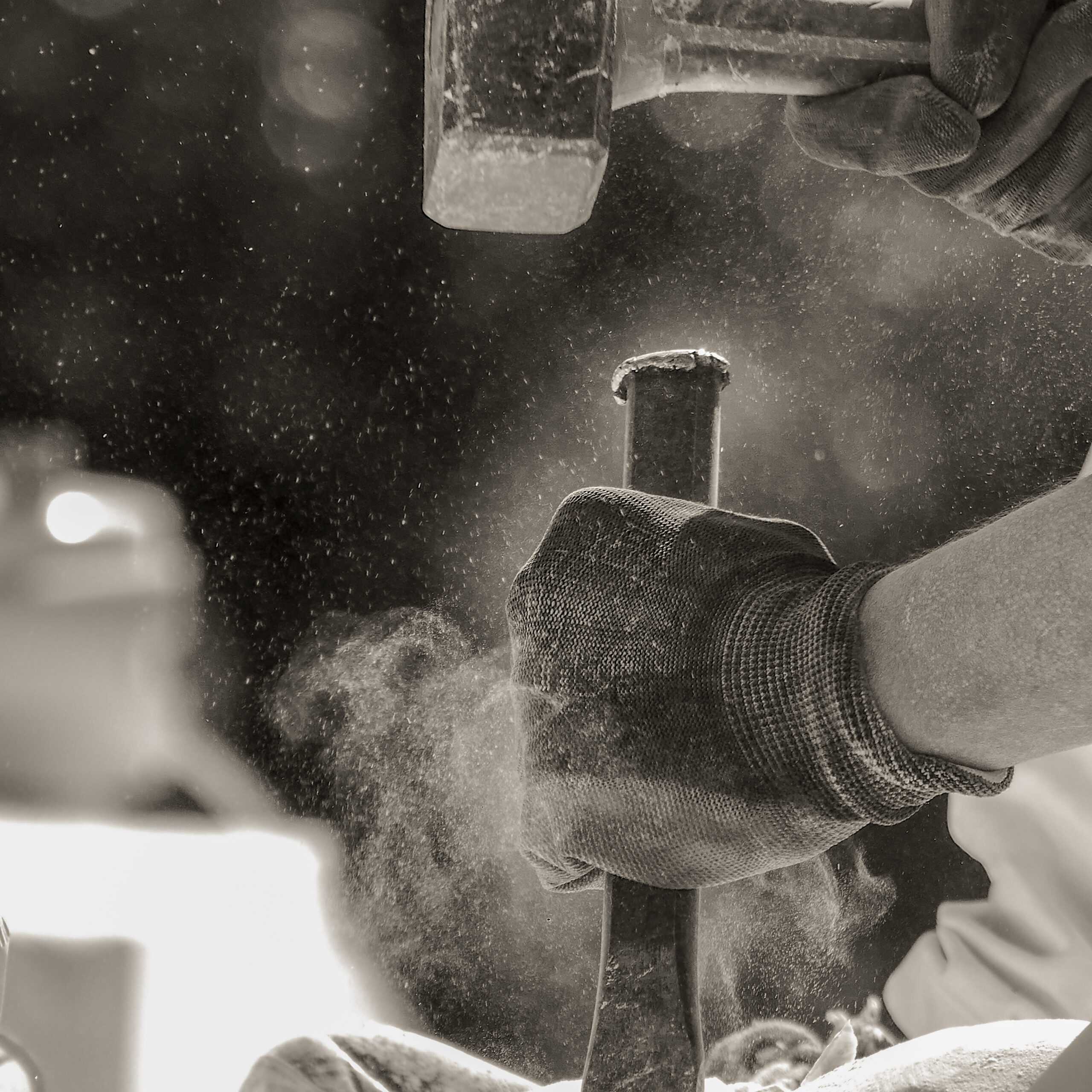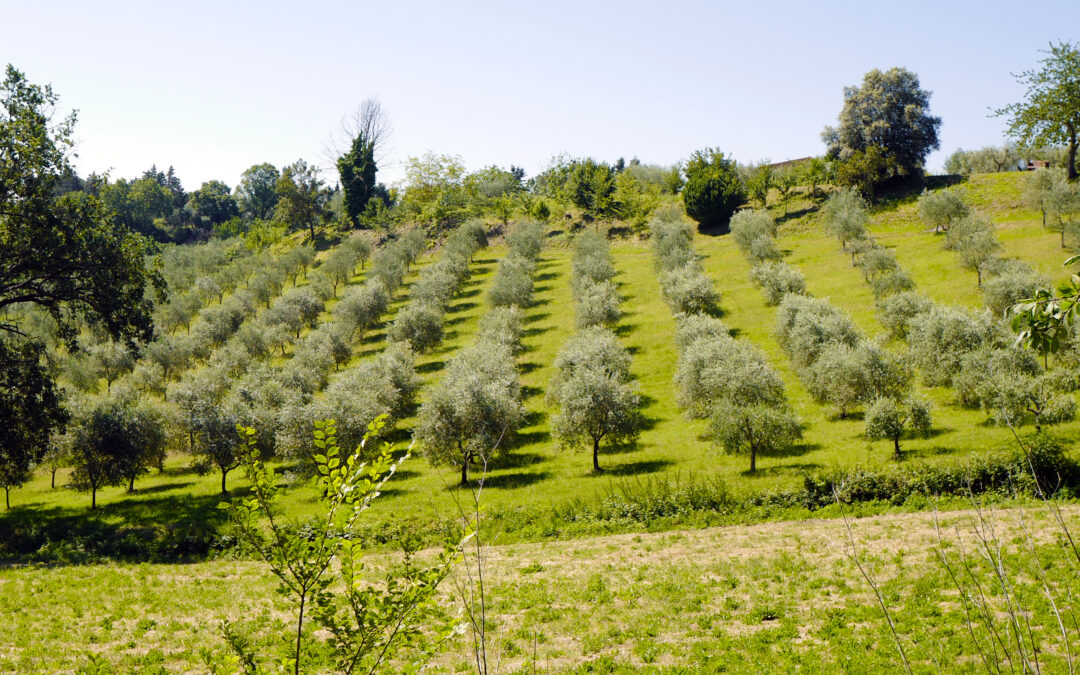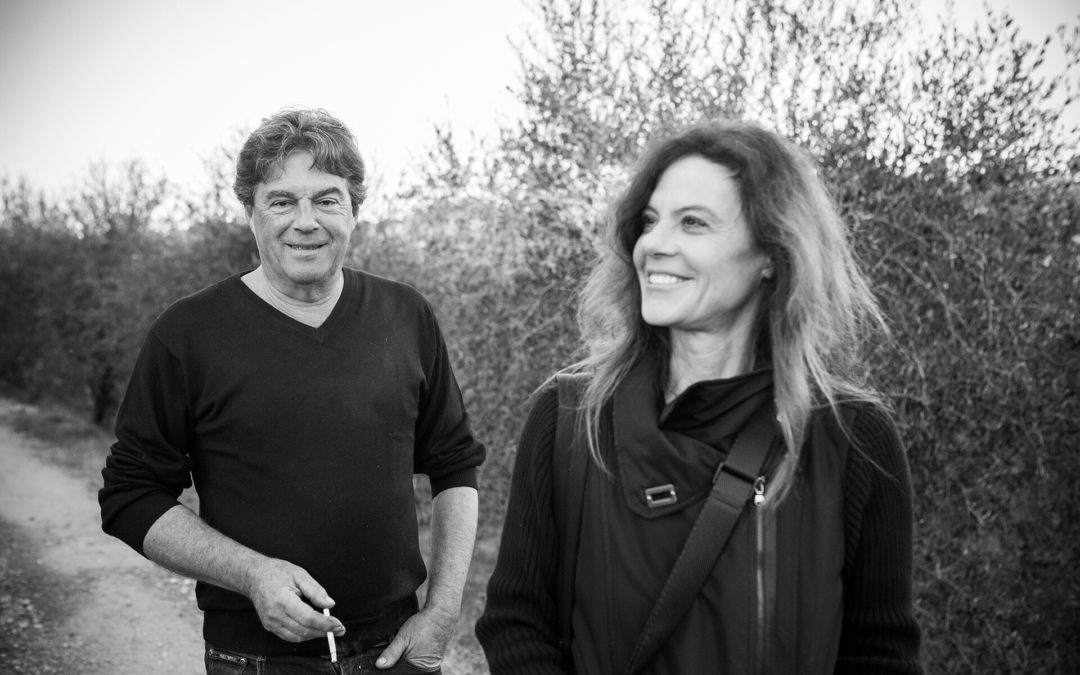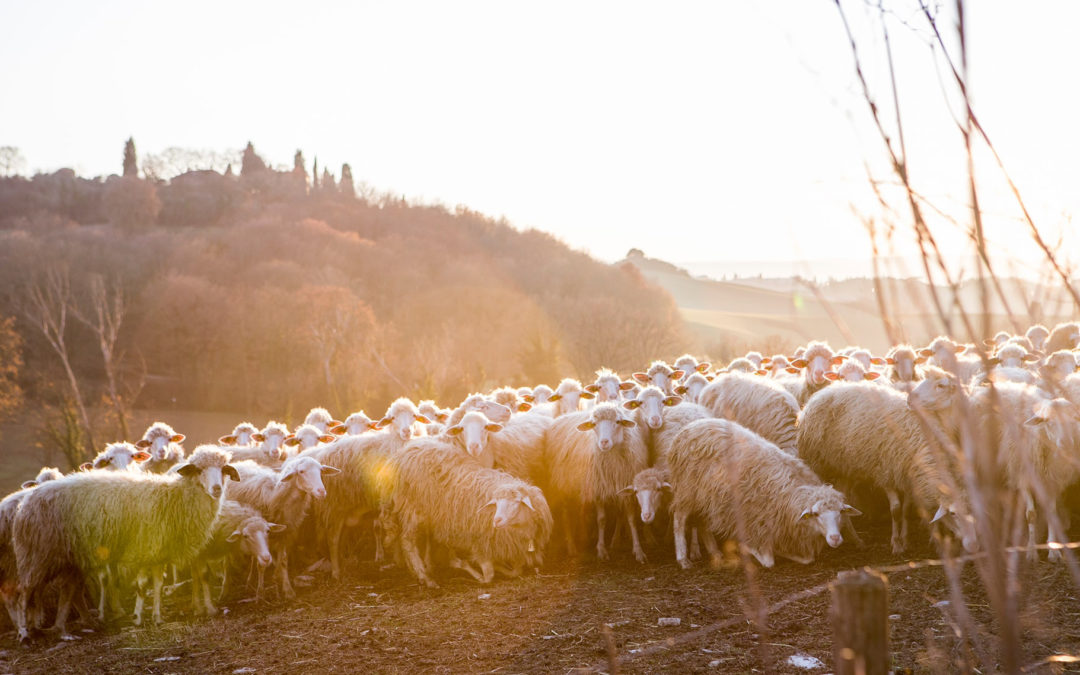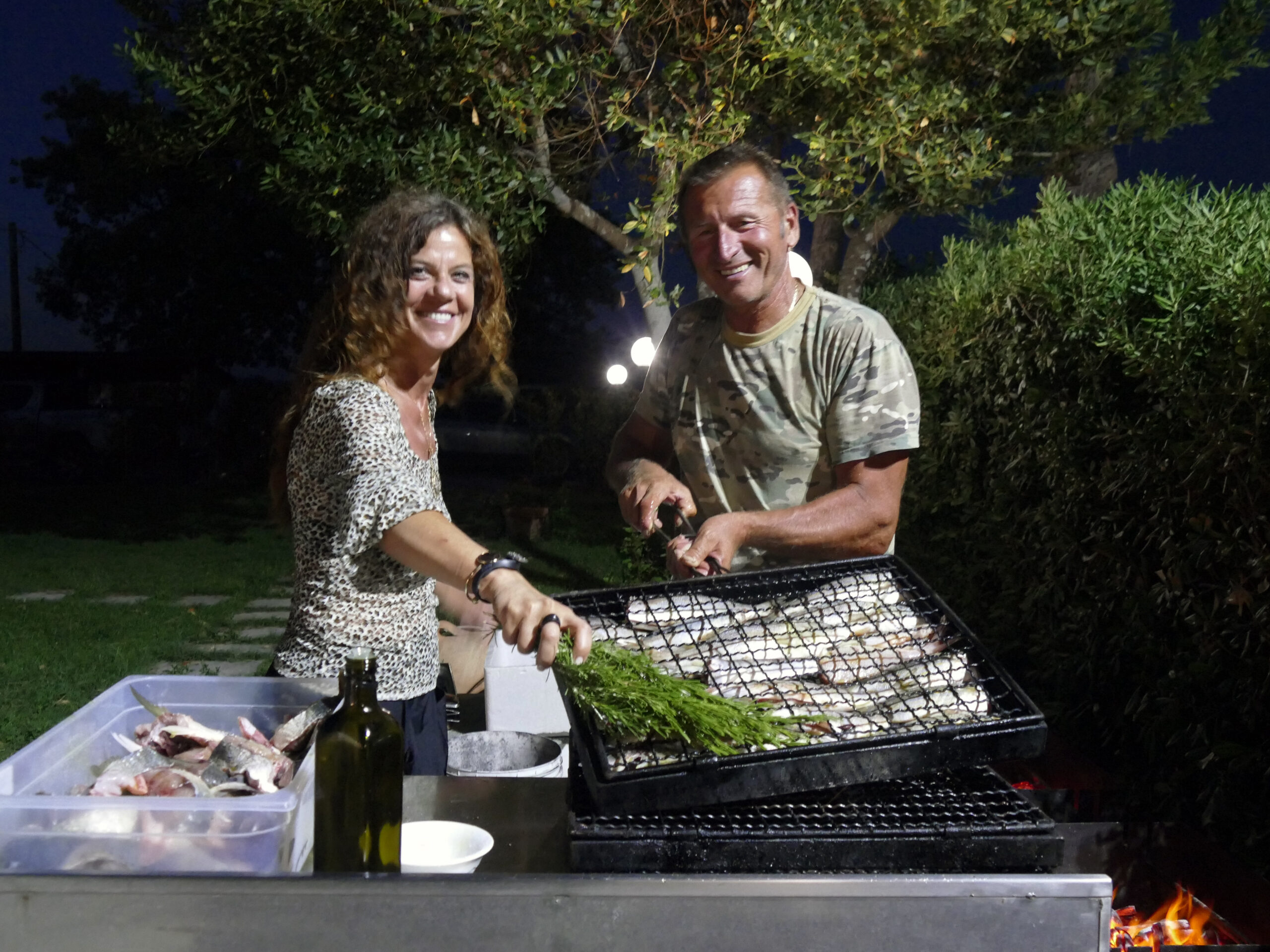
PAOLO IL PESCATORE
On a Wednesday morning in late-September, after I had recently returned from a two-month stay in Italy, I was sitting on my sofa sipping my second cup of coffee and absentmindedly leafing through The New York Times when an article caught my attention: ”An Underwater World of Marble to Amuse and Protect Tuscan Fish,” by Jason Horowitz. Apparently, the clever journalist, the Rome Bureau Chief of the prominent newspaper, knew something about Tuscany that I’d never heard of before. And shame on me; I’m the one who grew up there, not Mr. Horowitz. Exactly one week later, though, on October 1, I was in the small town of Talamone, on the coast of Tuscany, searching for Paolo Fanciulli, a local fisherman whose magical story had already been widely featured in Italy, Europe and media outlets around the world.
Talamone, originally a fishing village, lies on a rocky promontory between the Maremma Natural Park to the north and the Orbetello Lagoon and Argentario Mountain to the south. There is only one beach here: Bagno Delle Donne, a tiny resort that is almost always fully booked during the summer. It’s a place where people don’t mind crowding on a rock just to swim in the crystalline water at the base of a cliff. HIgher up, overlooking the scene with a spectacular view of Mediterranean is the imposing Rocca, a thirteenth-century fortress built by the Aldobrandeschi family. In 1860, the hero of the Italian Risorgimento (Reunion), Giuseppe Garibaldi, stopped in Talamone to stock up on food, coal and weapons. He decided to rehabilitate the fort, which had been abandoned for the past six hundred years, and created an enlistment center there for new volunteers—the so-called Giubbe Rosse (Red Shirts), whose exploits along the way to uniting Italy became known as the “Expedition of the Thousand.”
Few people live in Talamone and off-season it’s not easy to find a hotel or restaurant that isn’t closed. But during the summer, the town comes roaring back to life. The small harbor fills up with private yachts and small cruise boats, and crowds descend on the marina bar, including a fast-growing number of young surfers drawn to the town’s shallow waters and thermal winds. On the narrow streets of the town center, scores of reopened restaurants are packed, and stores of all types do a brisk business. Visitors have many options, and my favorite clothing store can be found at Via Garibaldi 29. When I am in Talamone I always find an excuse to visit Ms. Ciacci, its owner, and to buy another swimsuit or a new pair of wooden clogs.
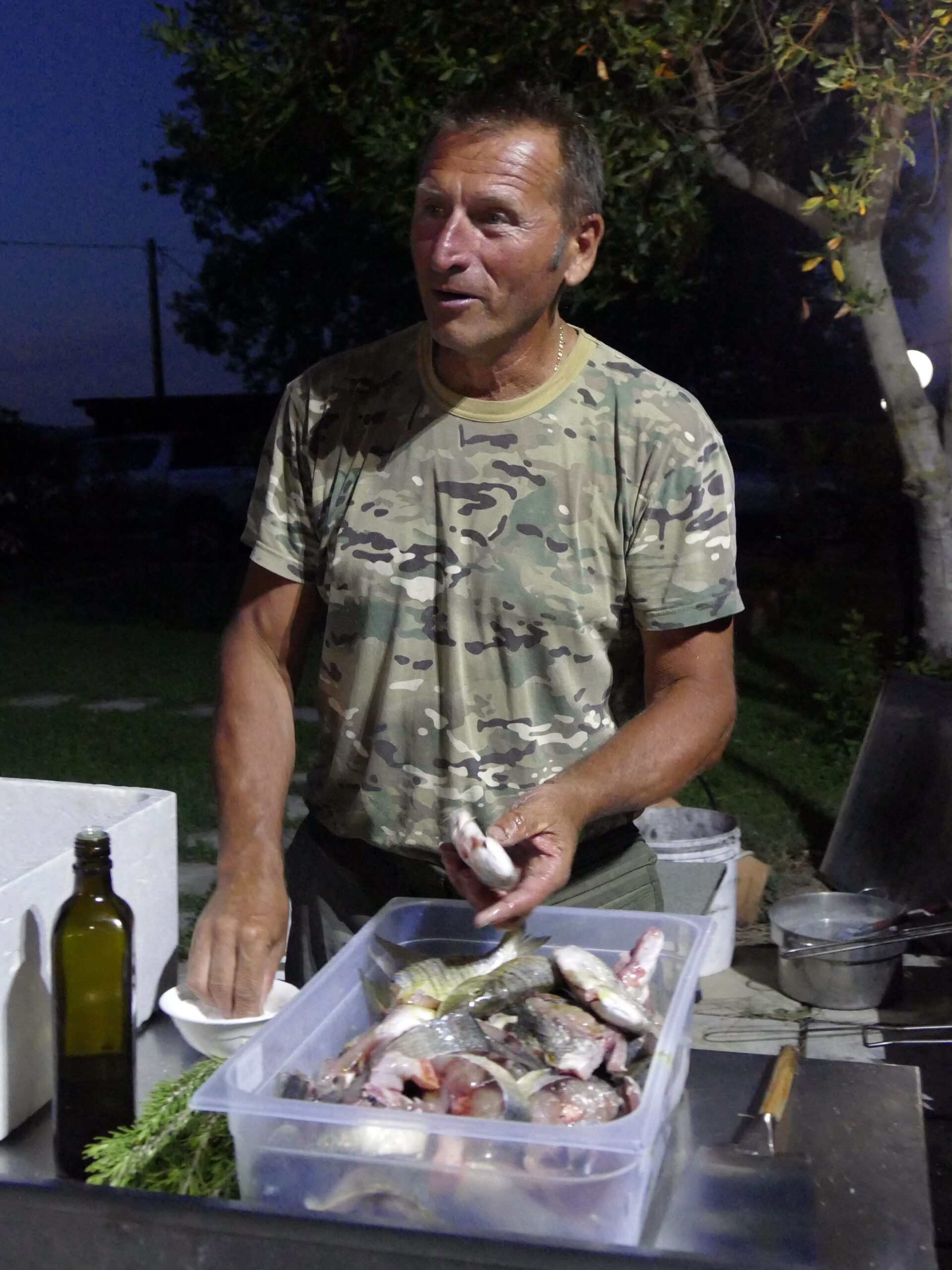
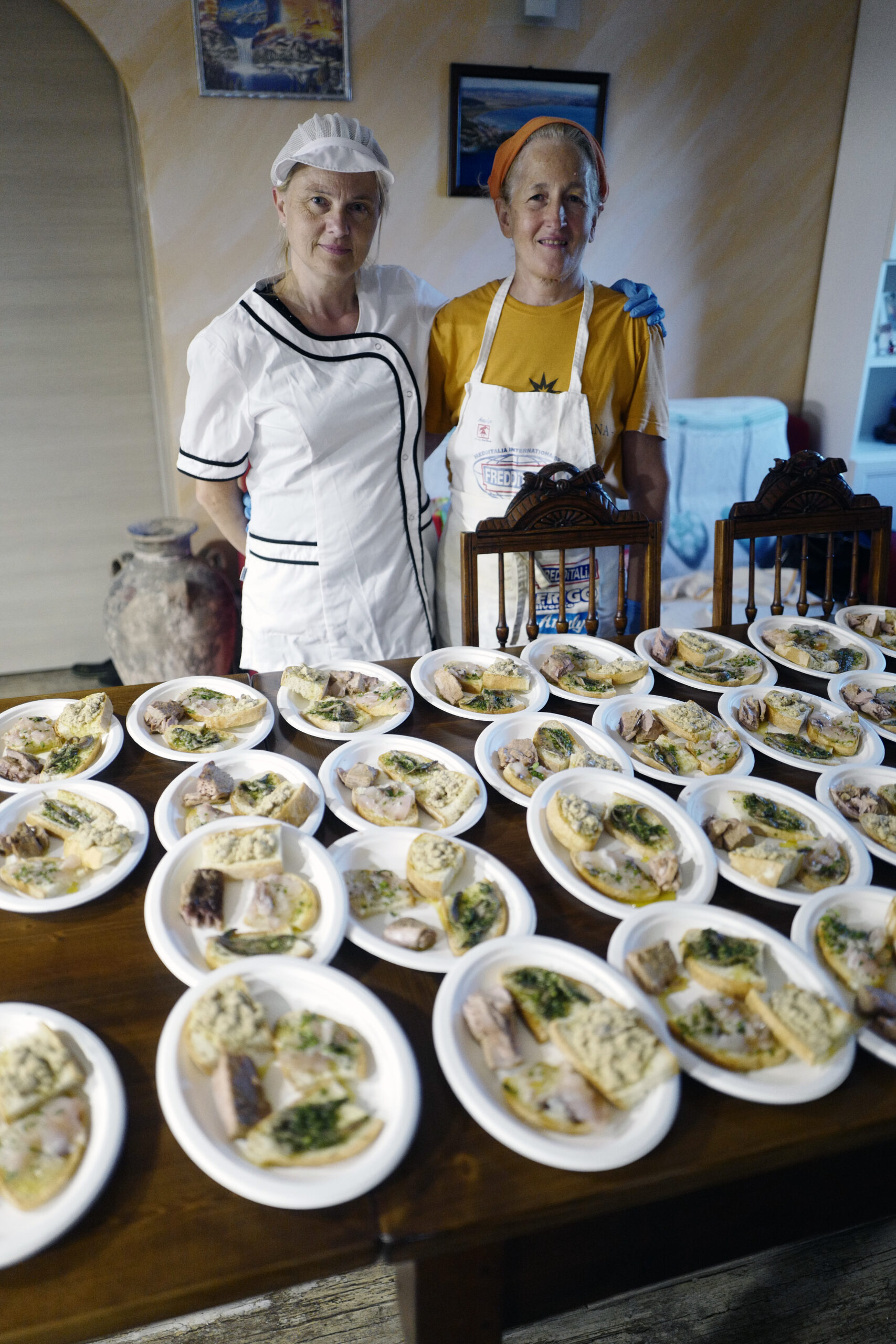
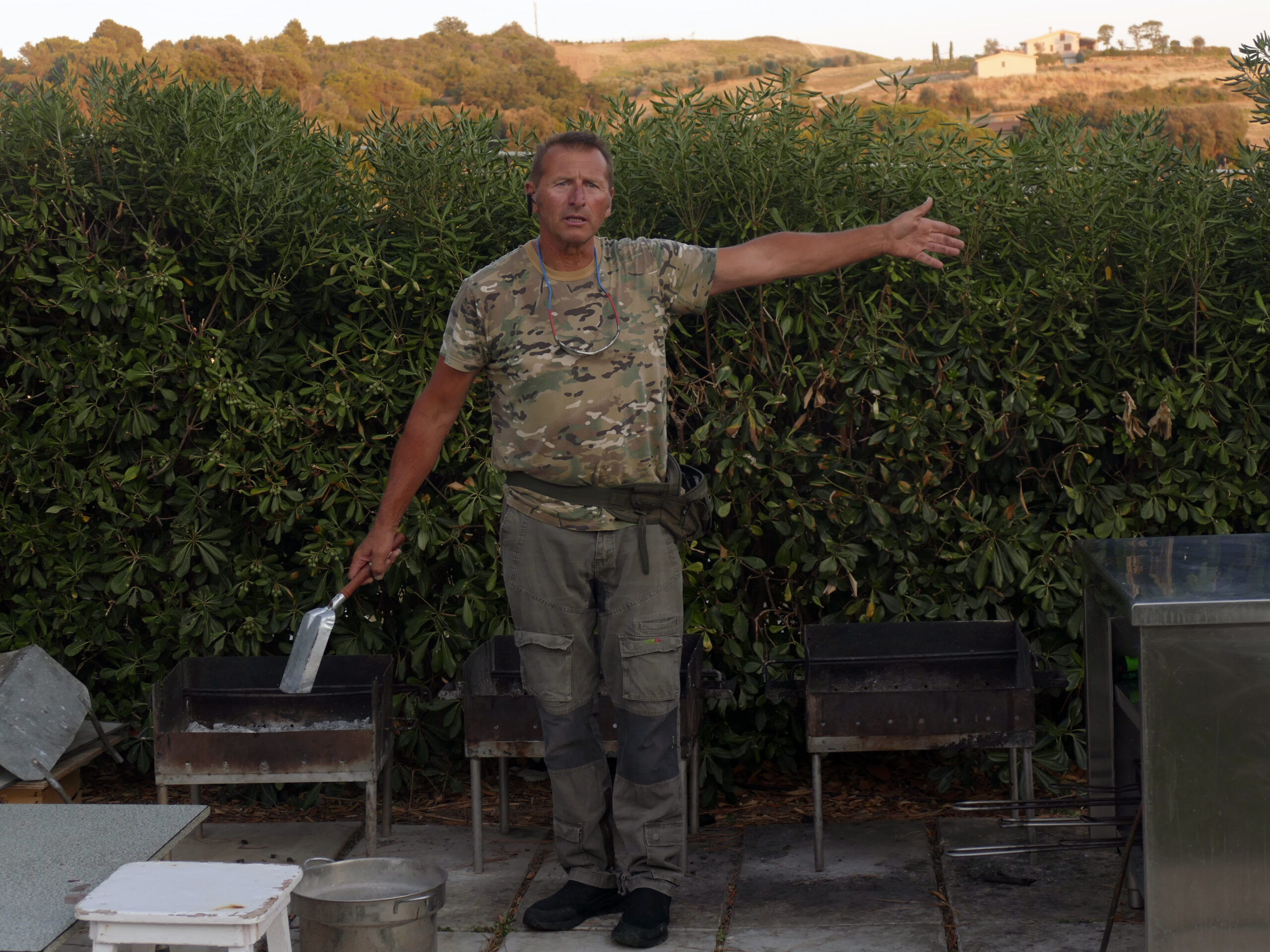
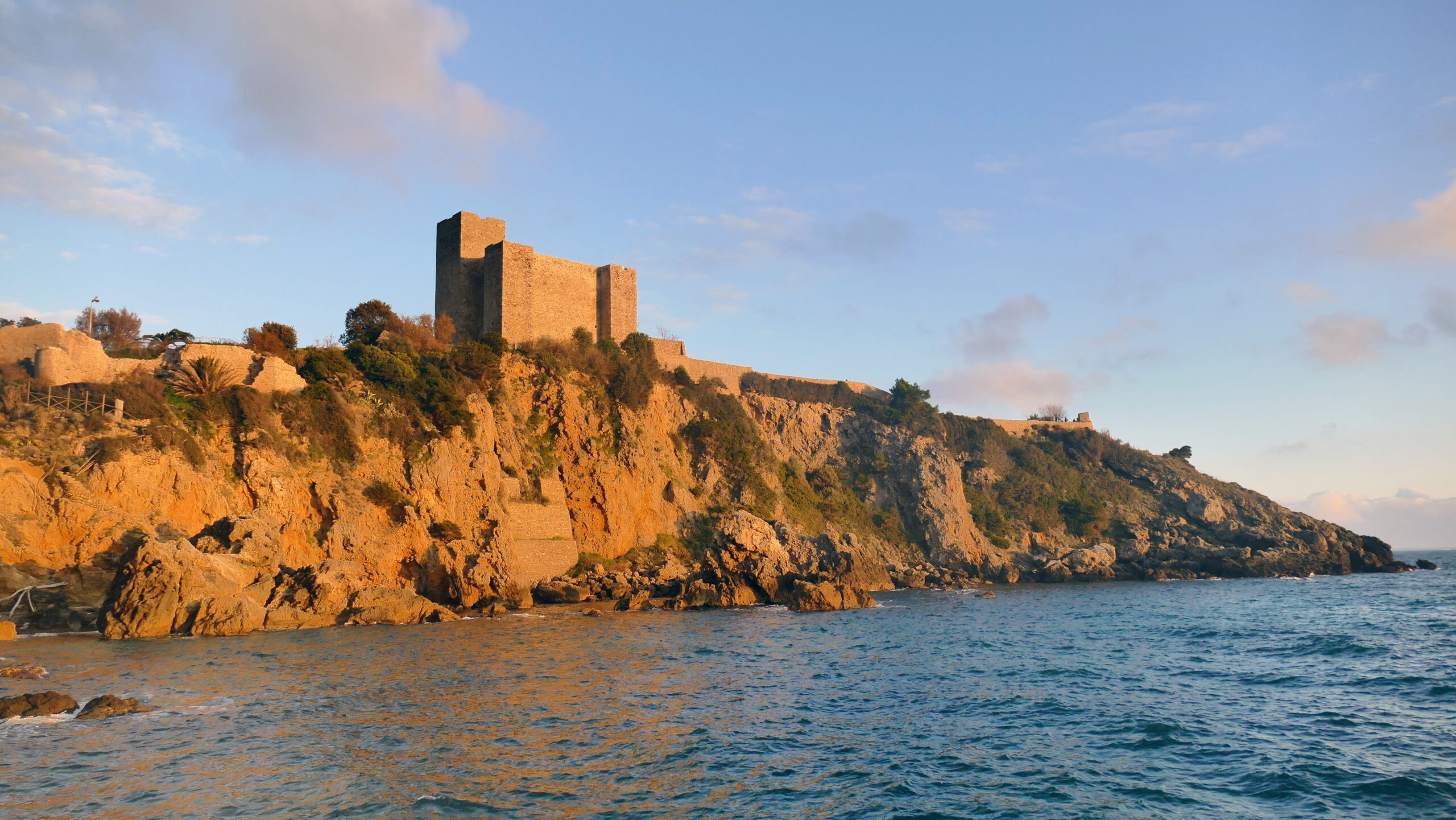
Paolo Fanciulli is not just a man who loves the sea; he’s proud of his Tuscan origins, the land that formed him
He speaks from his heart, with no filters. When I called to make an appointment, he was immediately put at ease by my Tuscan accent and graciously invited me over for dinner at his house that same night. The dinner was fantastic, the atmosphere warm and familiar. Sandra, Paolo’s wife, had prepared pieces of bread, crostini (some cold, some warm) covered with delicious marinated fish— anchovies in pesto and local bottarga (mullet eggs)—followed by a pasta with delicate tuna and then a fabulous dish of mixed grilled fish (Paolo’s catch of the day).
During the dinner, Paolo spoke with great passion about how he more or less single-handedly eliminated illegal fishing along the local coast by placing hundreds of concrete blocks in the water, preventing predators from trawling and destroying the seabed’s fragile ecosystem of fish, flora and fauna.
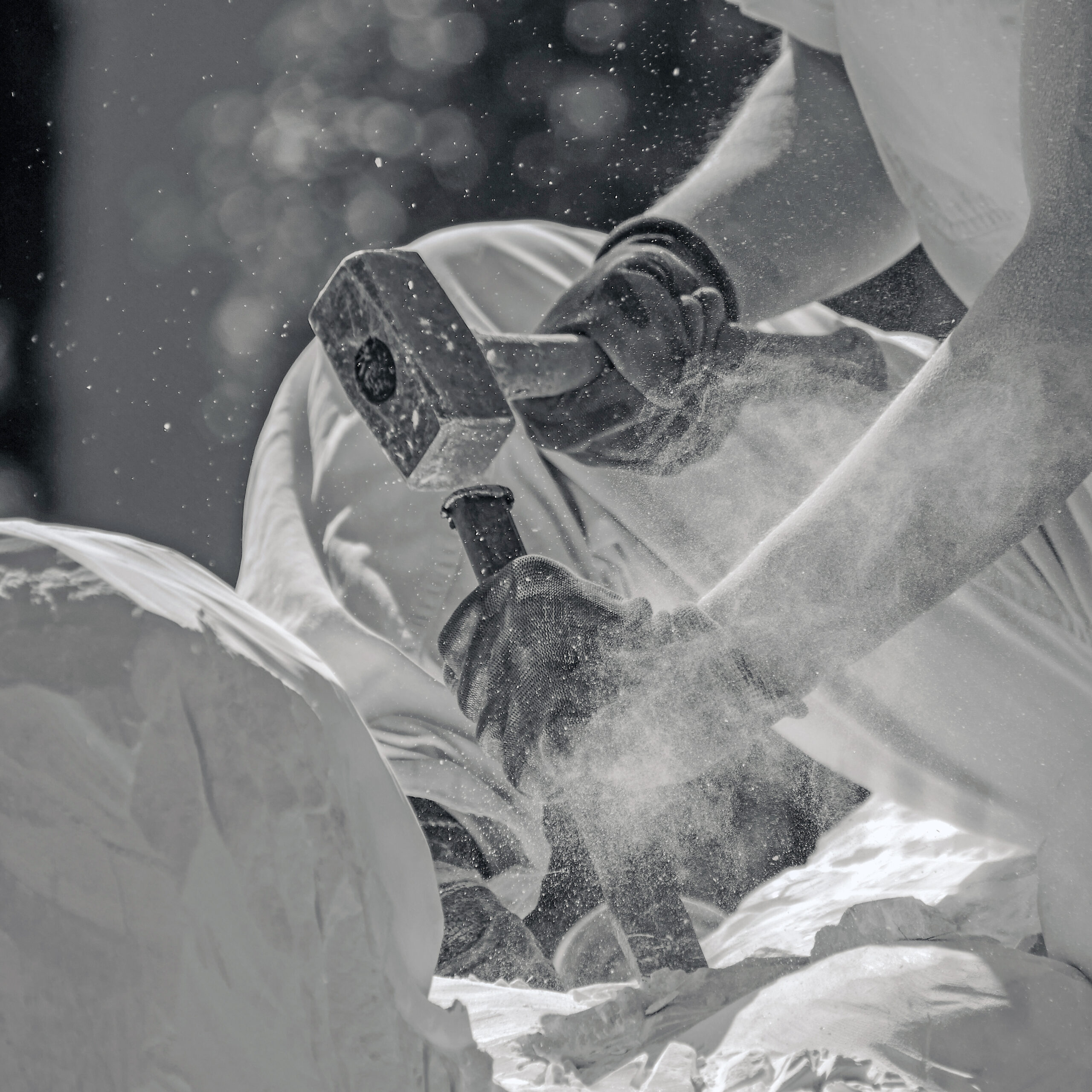
Paolo mentioned how many threats he received each time he appeared on public television to raise awareness of sustainable fishing and those who oppose it. For hours, he showed me books, articles and videos about his story and mission, especially his creative and singular vision of designing an enchanting underwater museum of marble sculptures, la Casa Dei Pesci. In 2012, Cave Michelangelo, a quarry from Carrara, embraced his passion to preserve Tuscany’s coastal ecosystem, donating white marble blocks to be sculpted. Since then, twenty-nine of these blocks have become sculptures, some of them made by prominent artists, including Emily Young, from Britain, and the Sienese sculptor Massimo Lippi. With the support of local authorities and cultural associations, the sculptures have been submerged and secured in the waters around Talamone. As Paolo proudly explains, many schools of fish are now repopulating the area and plants are growing back fast, creating lush scenery around the sculptures—a visual treat or divers.
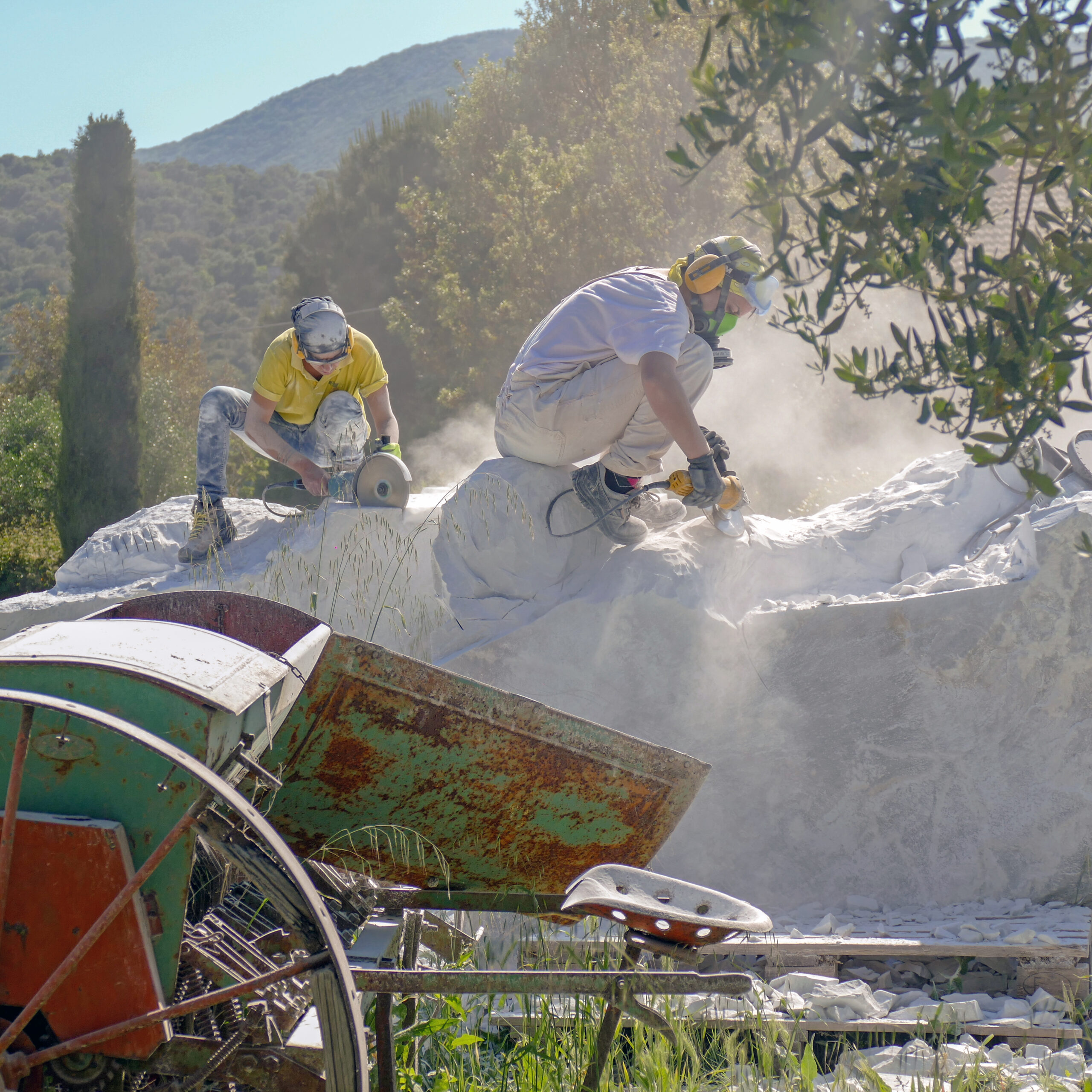
Paolo is not a lone sea wolf. He has the mind of an entrepreneur. He wants to protect the beauty of the Tuscan sea and at the same time draw tourists to this part of Maremma, the southwest region of Tuscany, whose natural beauty and singular charms are often unfairly excluded from tourists’ itineraries. My heart is with him. I love Maremma; it is a hidden jewel of unspoiled wonders, where wildlife is perfectly preserved. Its diverse landscapes range from the rocky and hilly to the mountainous and flat, from sandy gold beaches and shady pine forests to verant vineyards and rolling olive groves, all alluring. Maremma is a paradise not just for fishermen, divers and surfers, but environmentalists, children and foodies as well.
I went back to visit Paolo again. I invited some friends to join me, and we had dinner in the restaurant he opens in his own garden during the summer, three days a week. It’s called Pescato e Mangiato (Caught and Eaten). You are served his catch from his fishing expedition on his boat, Sirena (Mermaid), earlier in the day. When he grills fish over a fiery brazier in the evening, the audience turns silent as phones flash and light up the night, like fireflies. For a modest price, you get excellent local fare. Ever the charming and gregarious host, raconteur, advocate and bon vivant, he moves from table to table with ease, entertaining and engaging his guests.
Paolo is in his fourth marriage. His daughter Letizia is now 35-years-old and part of his crew. His fourth wife Sandra, who is about to make him father again at the age of 60, is actually taking a break from work—normally, she gives cooking lessons to tourists on Sirena. It’s striking the degree to which all the women around Paolo seem to coexist in perfect harmony, including his sister Paola, one of the restaurant’s chefs. When I asked him how he manages this feat, he simply answered, “They are all good workers.”
I told Paolo that on my next visit I would go fishing with him. ”That,” he said, “is the real thing. I promise!”
To be continued…
